by Lisa Cooke | Jan 9, 2017 | 01 What's New, DNA |
As genealogists, we spend our time trying to ferret out the real story in our family’s oral history, or at least from the records they left behind. Record research is critical, but now we have an amazing new tool…DNA matching.

Genealogists constantly check family stories against the information on records, searching for what sounds plausible and what doesn’t. Even when we have total agreement in our records, more information often comes along…like DNA testing. In fact, DNA matching may shed light on even more apparent discrepancies.
Family Lore vs. DNA Findings
I recently read an article in the Wall Street Journal about a reporter, Cameron McWhirter, who shared finding that kind of discrepancy between his family lore and his DNA. He even goes so far as to say, “I am descended, at least partially, from liars.” He makes the point, “many immigrants reinvented themselves when they arrived here (the United States).” This could be a nice way of saying they had a chance to invent a new legacy, not just re-invent it. His assessments were certainly interesting and worth reviewing. It helps us see how DNA testing can affect the way we look at our family stories and traditional research results.
McWhirter may be like some folks today who have never set foot inside a courthouse or scanned through microfilm, but instead relies heavily on internet research. Some of these modern genealogists never gave their family history a second thought until, like McWhirter, the death of parents started to inspire them to dig deeper. Due to the large volume of information online, the budding genealogist is “quickly pulled into the obsessive world of modern genealogical research.”

Example of an ethnicity report from Ancestry.com.
McWhirter’s personal story was that while his dad was proudly and solidly a self-proclaimed Scot, the records and DNA matching revealed his heritage was actually from Ireland and eastern Europe. McWhirter says that his “father hated Notre Dame, but judging by my results he could have been one-quarter to one-half Irish. He spoke dismissively of people from Eastern Europe, but part of his genetic code likely came from that region.”
McWhirter’s evaluation of his genetic report includes only his ethnicity results, which as you can hear, were meaningful to him in the way that flew in the face of his father’s prejudices and assertions of his own identity.
However, the ethnicity results fall short of the point of testing for most genealogists.
He has the opportunity to more powerfully transform his sense of family identity by taking a look at his match list. Here, he may see an actual living cousin who was also descended from his German great-grandmother, who maybe never mentioned that she was also Jewish.
The Real Goal: DNA Connections to Living Family
Connecting with other cousins who also have paper trails to our ancestors serves to provide further confidence that we have put all the pieces together and honored the right ancestor with a spot on our pedigree chart. We multiply our own research efforts by finding more people like us—literally—who are descended from the same people. As long as they are as diligent in their research as we are, we can make these connections that could finally bust through those genealogy brick walls and more.
At a recent conference, I met a fifth-cousin. Even with a connection that distant, it was exciting and it encouraged us to want to look again at our connecting ancestors. To me, that is the bigger picture and the real goal—when the paper trail comes together with the DNA results and turns into real live cousins.
The Next Step: Using Your DNA Results to Find Living Family
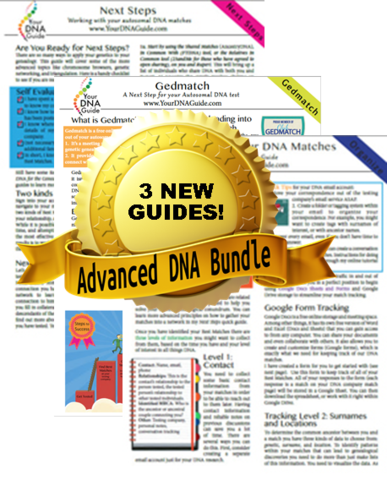 Maybe you are like Cameron McWhirter: you’ve taken a DNA test, been intrigued or disappointed by the ethnicity results, but haven’t fully explored your matches on your list. You may be seriously missing some opportunities! If that is you, I have written my new DNA quick guide just for you. It’s called “Next Steps: Working with Your Autosomal DNA Matches.” This guide will teach you how to leverage the power of known relatives who have been tested. You will get an intro to chromosome browsers and their role in the search process and access to a free bonus template for evaluating genealogical relationship of a match to the predicted genetic relationship. This guide also gives you a methodology for converting unknown relatives on your match list into known relatives.
Maybe you are like Cameron McWhirter: you’ve taken a DNA test, been intrigued or disappointed by the ethnicity results, but haven’t fully explored your matches on your list. You may be seriously missing some opportunities! If that is you, I have written my new DNA quick guide just for you. It’s called “Next Steps: Working with Your Autosomal DNA Matches.” This guide will teach you how to leverage the power of known relatives who have been tested. You will get an intro to chromosome browsers and their role in the search process and access to a free bonus template for evaluating genealogical relationship of a match to the predicted genetic relationship. This guide also gives you a methodology for converting unknown relatives on your match list into known relatives.
So check it out, either by itself or as part of my Advanced DNA bundle, which comes along with my new Gedmatch guide and a guide expressly for organizing your DNA matches.
by Lisa Cooke | Jan 2, 2017 | 01 What's New, DNA |
Here’s what you need to know before you encourage your relatives to join you on your genetic genealogy journey. There are a few things to think about before they spit in that tube and our DNA Guide, Diahan Southard, is here to help!
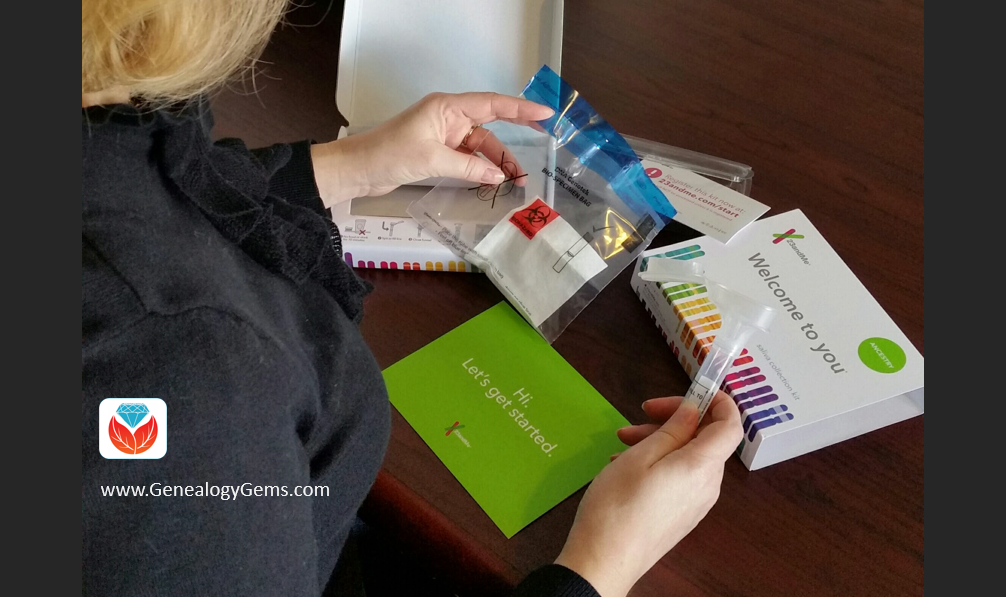
Did you see those holiday price wars on DNA testing over the holidays? I’m guessing we haven’t seen the end of these now that it’s becoming so trendy! Genealogists are seeing the research payoffs of DNA testing and now another major genealogy website (MyHeritage) is offering testing services, as well.
As the prices and sales generally become more attractive, more of you will want to expand your personal genetic database to include aunts, uncles, and cousins. But what is the best way to proceed? How exactly do you ask someone for his or her DNA? You may just have one shot at this. If so, which test? Which company? Here are three tips to consider before spitting into the tube!
Tip One: Test the Eldest Generation First
You likely have a limited amount of funds with which to populate your family genetic database, so you’ll want to use them wisely. Anyone who does not have both parents living should be tested first. Here’s what I suggest:
- ordering an autosomal DNA test for everyone
- ordering a YDNA for one male delegate for each surname you want represented
As for the testing company, you now have four choices:
1. FTDNA
2. 23andMe
3. AncestryDNA
4. MyHeritage
While there are several factors to consider when choosing a company, database size is probably the number one factor. Currently, AncestryDNA has the largest DNA database. The reason this is important is because your DNA will be matched and compared to others who have taken a DNA test. By testing with a company that has done lots of tests, your chance of finding matches goes up tremendously. You can also go to the International Society of Genetic Genealogy’s wiki for a full list of characteristics of each company.
Tip Two: Take Care of Everything for the Person Being Tested
Depending on the needs and interest of your relative, you can handle everything from ordering, payment, to even correspondence. All they have to do is spit or swab! This will often alleviate feelings of trepidation on part of the person being tested, especially if they aren’t really into this genealogy craze in the first place. Here are my recommendations:
If testing at Family Tree DNA: You will need to keep track of the log-in credentials for each relative.
If testing at AncestryDNA: Make sure all kits are registered under your account. The easiest way to do this is to have the family member take a photo of the activation code on the sample collection tube and send it to you so you can register it after you have logged into your Ancestry account. Hint: Register everyone’s DNA test results under the family member who has a subscription to Ancestry!
If testing at MyHeritage: Make sure that all kits are registered under your account. To the best of my knowledge, you order the kit under your account.
If your relative does want to be involved, all the better! You can have them share their Family Tree DNA or 23andMe login with you, or they can share their AncestryDNA results with you. To share their AncestryDNA results with you, visit my website at https://www.yourdnaguide.com/sharing-ancestrydna.
If you haven’t tested with a particular company yourself, familiarize yourself with the sample collection so you can be helpful when they have questions:
Tip Three: Share Your Own Experience
First of all, nothing speaks louder than your own experience. Before asking your relative to take a test, consider starting with a short summary of your own DNA journey. Keep in mind what might interest them – do they like deep history? If yes, you could share the ethnicity results of your own test. Did they have a special connection to Great-grandpa Joe? In this case, you could show how your DNA connected to a 2nd cousin who was also a descendant of Joe. Maybe you could bust out the photo album. Remind them that while Joe is gone, there are threads of DNA that can speak for him and we need as many of his descendants as possible to be tested in order to preserve his genetic legacy and unravel the mystery of his past.
A Few Last Thoughts on DNA Testing
Of course, your family is likely going to have questions; questions that you might not be able to answer. My Autosomal DNA for the Genealogist quick sheet might be just the thing you need to help them understand exactly what this DNA testing thing is all about and to prepare them for the results they are going to receive. You can also send them over to my website, Your DNA Guide, where I have a bit of information for them to look over. As always, anyone can contact me directly and I will answer any and every question they might have. Well, you know, at least questions about genetic genealogy!
Disclosure: This article contains affiliate links and Genealogy Gems will be compensated if you make a purchase after clicking on these links (at no additional cost to you). Thank you for supporting Genealogy Gems!
by Lisa Cooke | Jun 4, 2016 | 01 What's New, Adoption, Listeners & Readers
This story of DNA for adoption research tells how one Genealogy Gems listener discovered biological roots that were closer to her adopted home than expected.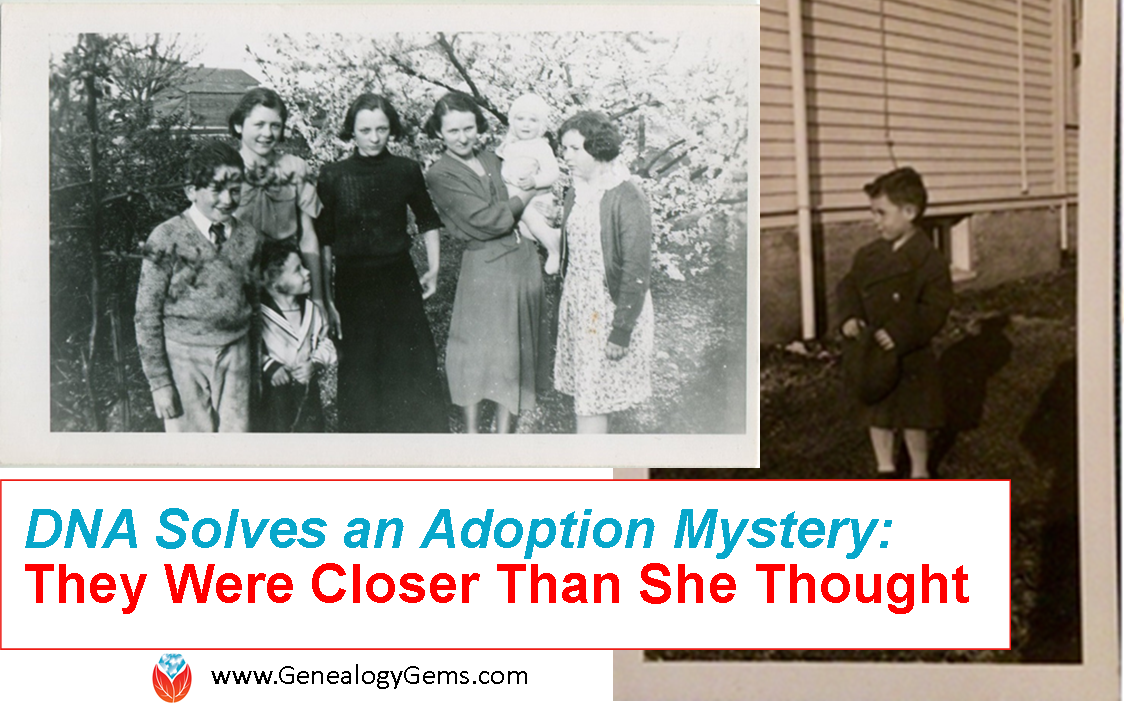
You never know what you’re going to learn when you start researching the biological roots of an adopted ancestor. And that was certainly the case for Katie from Pacifica, CA. Recently, she wrote me to share her story of researching an adopted ancestor. Understandably, people hope for a happy ending when using DNA for adoption research. But in Katie’s case, it may be just the beginning. Here’s why:
 “When I set out on this geni-journey, my goal was to find my grandfather’s birth parents. [He was adopted.] But as I read all the old family letters and newspaper clippings, I found myself getting so attached to his adoptive family. I was saddened that we weren’t blood-related, because I felt so connected and proud of them.
“When I set out on this geni-journey, my goal was to find my grandfather’s birth parents. [He was adopted.] But as I read all the old family letters and newspaper clippings, I found myself getting so attached to his adoptive family. I was saddened that we weren’t blood-related, because I felt so connected and proud of them.
My mother and I decided to take the AncestryDNA test, not sure what we’d find. When we got the results back, the strangest thing happened. My closest match with a family tree was a descendant of my grandfather’s adoptive grandfather.
My other closest match was adopted. He had been searching for his birth parents since the 1970s. When I called my adopted match, I think we were both excited and confused, not really sure how we’d be able to help each other in our search. As we compared notes, everything started clicking together. He began to cry. This mystery cousin of mine was no cousin at all. He was my grandfather’s half-brother. He was my great uncle, who was raised by a different, unrelated adoptive family!
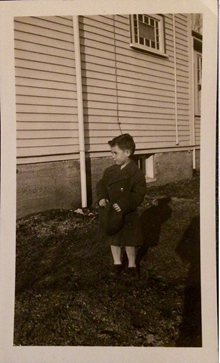
Katie’s grandfather at 4 years old, shortly after being adopted by Angela.
My grandfather, Joseph, turned out to be the biological nephew of his adoptive mother, Angela. His birth father was Angela’s brother, Paul. Angela’s own son tragically died of a ruptured appendix at age 4. Her husband, Ralph, was a merchant ship captain who traveled regularly all over the world, but most commonly between Oakland, CA and Brooklyn, NY.
According to family lore, less than a year after their son’s passing, Ralph mysteriously brought a freckly little boy (my grandpa) home to Oakland with him from Brooklyn, shocking his wife with this child she was suddenly expected to raise. Can you imagine that boat ride, all the way through the Panama Canal, as a confused orphan? And oh the family rumors that started!
Using DNA, we were able to put those rumors to rest. I’m not sure if Angela ever learned the truth– I’m not sure what Ralph told her, whether she even knew she was raising her own brother’s boy. All those years grandpa never asked who his birth parents were because he was afraid of hurting the family’s feelings, and little did he know he was being raised by his aunt the whole time. He probably met or at least wrote to his father without ever knowing it.
I have now met both my great half uncle, whose adoptive name is Bill (born Paul, in honor of his deceased birth father)– he lives in NY– and his son [Tom].
At 69 years old, that was his first time meeting a blood relative. I also connected with two living cousins in their 90s
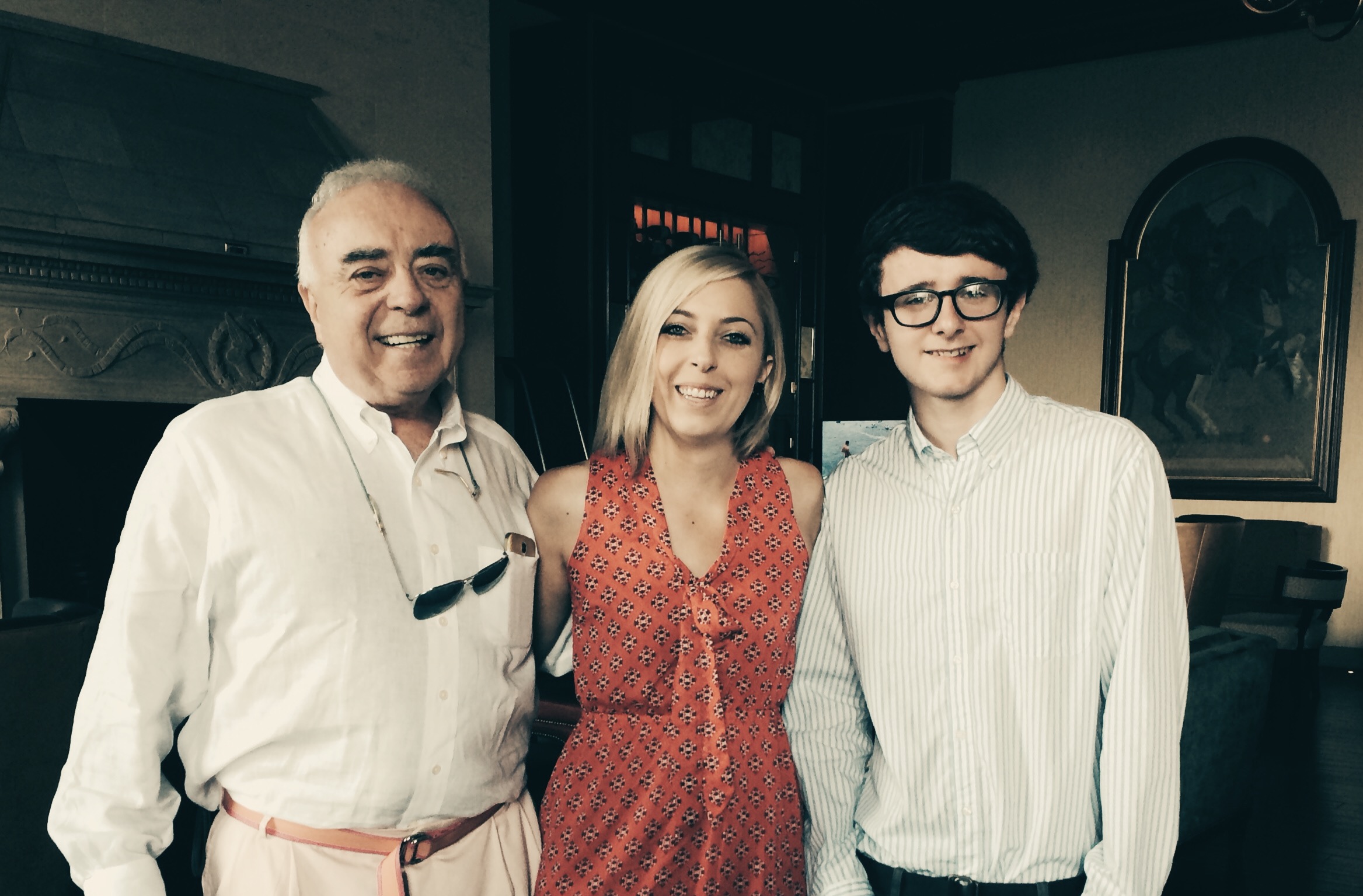
William Paul Nolan (left), born Paul Toomey, and his son, Tom (right), meeting Katie, their first known blood relative.
thanks to their very sweet children and nieces. I had photos of them from 1935, standing with my grandfather when he was only four years old, having no idea who they were until I started doing research.
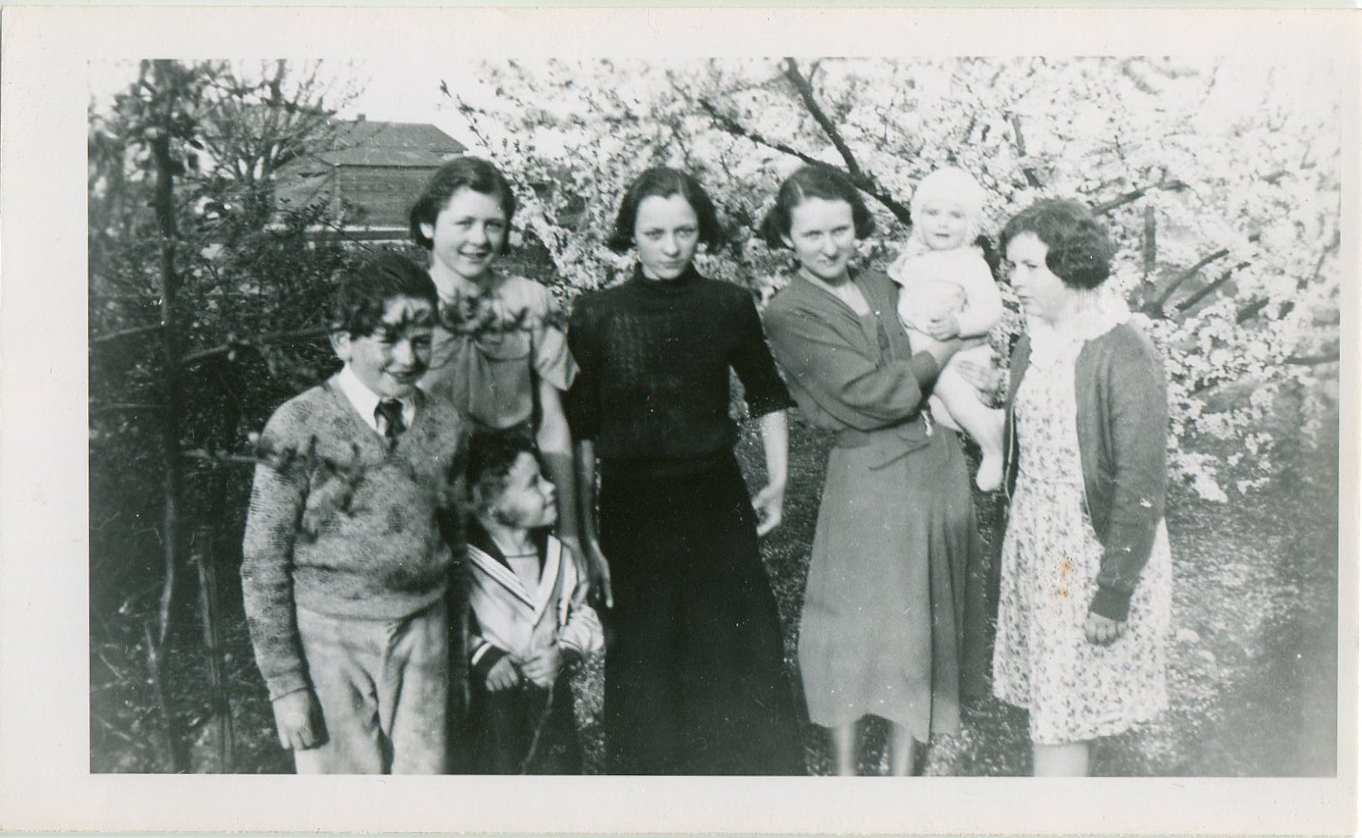
Katie’s grandfather as a little boy (in the sailor suit, second from left) with his adoptive first cousins (who were of blood relation), including Jack (10) and Loretta McKinnon (13). On the right is Katie’s grandfather’s adoptive sister (who would have been his first cousin by birth), Clare.
I couldn’t believe they were still around! I was able to meet them last year. I was also able to provide them with photos of their father, as they had only
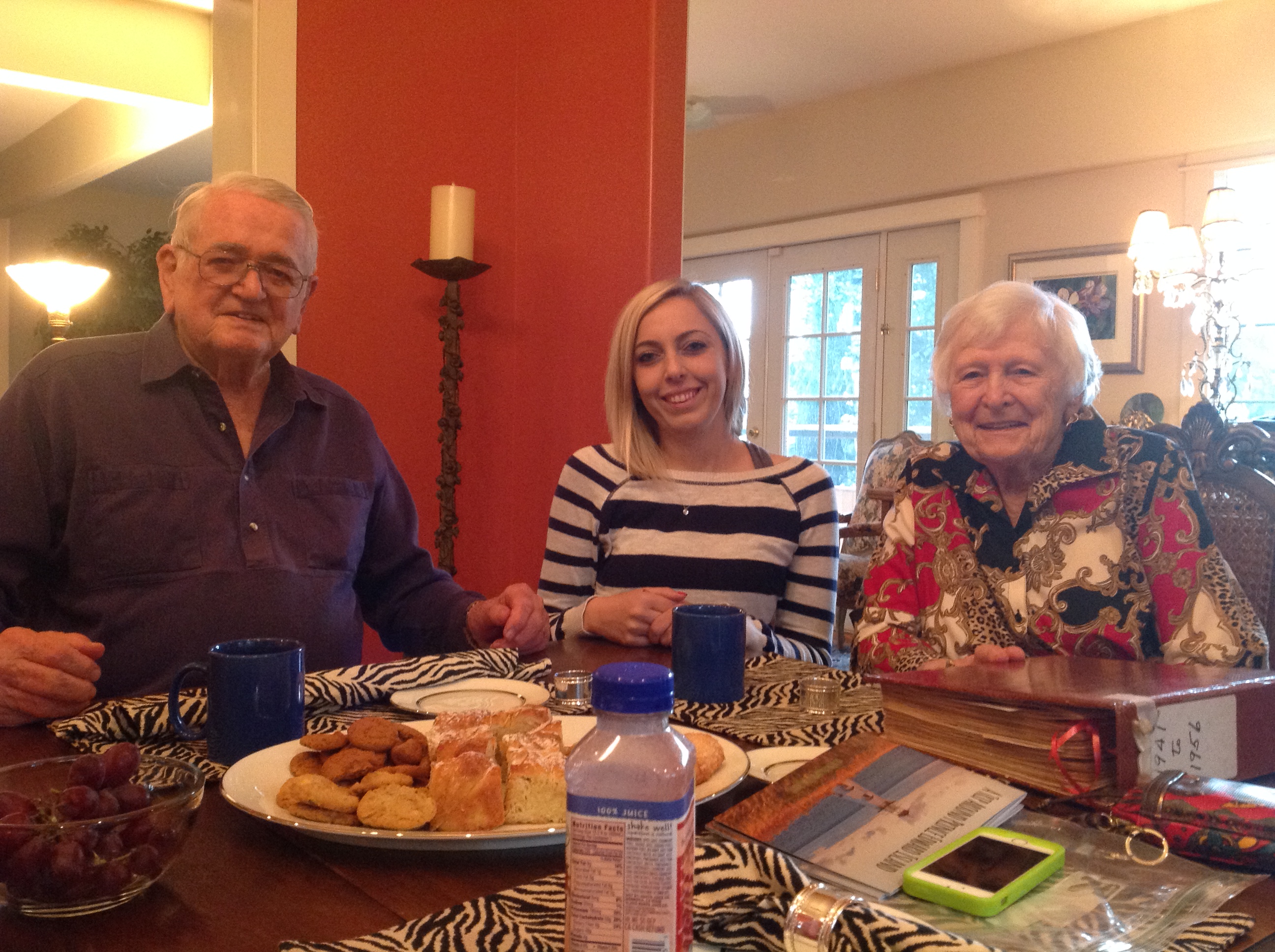
Jack (90, left) and Loretta (93, right) McKinnon meet Katie for the first time in 2015, 80 years after the photo with her grandfather was taken.
a few of their own.
I now send regular emails to the whole reunited family to update them on my genealogy discoveries.
I went on an homage journey to Prince Edward Island, the place my adoptive and birth great grandparents grew up, and was able to lay flowers at the gravestones of our long lost family members. The house they grew up in was still standing. Still being lived in, even!
It was such an amazing discovery after feeling so mysteriously close to that family, to know that it wasn’t all in my head. And to find out I had an uncle still living? Amazing.”
When Katie’s story landed in my inbox, it reminded me how lucky I am that so many of you share your personal, and inspiring stories! Thank you to Katie for giving us permission to share this inspiring story about using DNA for adoption research. You can read more about her family history adventures at her blog called McKinnon Ancestry.
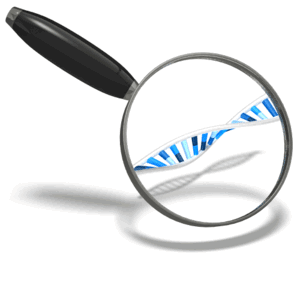 More DNA for Adoption Gems
More DNA for Adoption Gems
DNA for Adoption Research: Nice to Meet You!
Genealogy Gems Podcast episode 178: CeCe Moore Talks about Genealogy and Adoption (Listen for free)
DNA Testing for Adoptees: Advice from Your DNA Guide
by | Jun 1, 2016 | 01 What's New, DNA, Family Reunions

Wish your family would take more interest in its history and even have its DNA tested? Here are 3 tips for talking about DNA at your next family reunion or gathering.
In the northern hemisphere, it’s summer time–prime family reunion season! If any of your plans this summer involve visiting with extended family, check out these 3 tips for using DNA to get your family excited about family history.
1. Show your ethnicity results.
Start off with the most flashy and entertaining part of the DNA test, your ethnicity results. Most of the time they don’t actually help you DO family history, but they definitely get people interested.
When you pull out the results, you might also want to have handy your family’s migration chart. This was recently popularized by J. Paul Hawthorne and is a simple way to describe the birth locations of your ancestors so you can visualize the migration of your family over the course of several generations. If you want to try it, here is a link to a spreadsheet I made based on his.
Then you can pull out your DNA test results and talk about how much of your DNA test results are reflected in your ethnicity chart. You might even have a good chuckle over some of the more outlandish claims (22% Scandinavian?! Where did that come from?). Now is a good time to mention any family stories about Native American Princesses or African cousins.
2. Show your DNA match list.
Next, it’s time to segue to how DNA testing really helps your family history. Show them how your relatives show up on your DNA match list. You can then show them an individual on your match list that you have figured out your relationship to. You can weave in just a bit of the genealogical research you did to find your common ancestor, and end with the cool fact that you actually have DNA from that ancestor, and so does your match! If you are especially lucky, the person you are talking to will also have some connection to this ancestor, and you can tell them that if they take a DNA test, it can help them document their relationship to this ancestor as well.
3. Invite relatives to test.
If you find yourself at a family reunion for a particularly pesky set of ancestors for whom you don’t know much about their parents or grandparents, this is a perfect time to help your family members understand that they might be THE ONE, the one who holds the right combination of genetics to help you bust through that brick wall.
I myself will be attending the Chenoweth Family Reunion this year, though I am only an honorary Chenoweth. They have the ambitious goal of finding direct paternal line descendants of the 21 continuing lines of the 29 grandsons of John Chenoweth and Mary Calvert, and they are over half-way there! As part of their festivities they are including a special DNA lecture on the progress of their project.
Having a specific goal like this really helps focus your family on a particular effort, and lets them track the progress of both the DNA and the traditional research. It is also very unifying, especially for a group as large as theirs. They all wear different colored T-shirts to represent the different lines they descend from. But when we look at the DNA, it is clear that, at least in their YDNA, there is no distinction, they are certainly all part of the same paternal line.
 More DNA Gems from Diahan Southard
More DNA Gems from Diahan Southard
3 Reasons to Test Your DNA for Genealogy
When to Do an mtDNA Test for Genealogy
Results May Vary: One Family’s DNA Ethnicity Percentages

by | Mar 21, 2016 | 01 What's New, DNA, Research Skills
 Should you be doing an mtDNA test for genealogy? Should you have a female relative tested? Here are 3 scenarios in which you should.
Should you be doing an mtDNA test for genealogy? Should you have a female relative tested? Here are 3 scenarios in which you should.
DNA testing is becoming more and more integrated into our traditional genealogical research. Over 1.5 million people have completed some form of autosomal DNA test, testifying that the idea has finally taken root and now is almost a commonplace notion.
However, with widespread success of autosomal DNA testing at companies like Ancestry DNA (click and use code for free shipping through March 31, 2016: FREESHIPDNA) and 23andMe, the two other kinds of DNA tests are often overlooked. The Y chromosome DNA test, or yDNA, traces a direct paternal line. The mitochondrial DNA test, or mtDNA, traces a direct maternal line. Both are offered by Family Tree DNA. Is there a place for these tests among your genealogical research?
and 23andMe, the two other kinds of DNA tests are often overlooked. The Y chromosome DNA test, or yDNA, traces a direct paternal line. The mitochondrial DNA test, or mtDNA, traces a direct maternal line. Both are offered by Family Tree DNA. Is there a place for these tests among your genealogical research?
I say yes! One of the biggest limitations of autosomal DNA testing is that it cannot reliably reach back past the fourth or fifth generation in your pedigree. But both yDNA and mtDNA can.
Let’s focus on mtDNA. Remember, mtDNA is directly maternally inherited, meaning that you have the same mtDNA as your mother and all of your siblings. It is the same mtDNA as your maternal grandmother, and her mother, and so on, for ten generations or more.
When and how would you use mtDNA testing?
1. You need to grab your mtDNA before it’s gone
You have an ailing great aunt, or you yourself are one of the last remaining carriers of your mother’s mtDNA.
Having your mtDNA tested first and foremost creates a record of your direct maternal line. Just as you would obtain a birth certificate or marriage license for your ancestor to see what other important genealogical information it might contain, having a record of your mtDNA is an important part of documenting your maternal line.
2. Unknown ethnicity
You have a female ancestor whose ethnicity is unknown. Perhaps you think she is Native American or African American.
Along with your mtDNA profile, which helps you make connections with others, taking an mtDNA test gives you a haplogroup, or a deep ancestral group. There are different haplogroups for different world regions and populations. Sometimes knowing your haplogroup can help either confirm or dispel a family rumor about the heritage of a particular ancestor. Though for most it will just verify what you already know, like confirming that your maternal line is from western Europe.
3. Unknown origins
In 1873, aliens must have deposited your female ancestor in Virginia.
If you have tried every other avenue to discover your ancestor’s origins, and currently your best theory of her origins revolves around extraterrestrial beings, you can try mtDNA testing.
The results of the testing will provide you with a list of individuals who may share direct maternal line ancestry with you, and therefore might be related to this mystery ancestor. However, that shared ancestor could be as recent as 1873, or as distant as dates that require the post nominal “BC.” So, it is more or less a shot in the dark. But hey, if you don’t shoot, you will definitely miss!
In general, mtDNA testing should not be the first test you turn to when seeking out your ancestors. But it does have its place in your genealogical toolbox, so don’t be afraid to pull it out once in a while.
 To get started, I recommend my Mitochondrial (mtDNA) DNA for Genealogists quick guide. It covers the basics of mtDNA testing and more on how to use it in your family history research. If you’re looking for more help with using DNA in genealogy, consider my entire series of DNA quick reference guides or come find me at YourDNAGuide.com.
To get started, I recommend my Mitochondrial (mtDNA) DNA for Genealogists quick guide. It covers the basics of mtDNA testing and more on how to use it in your family history research. If you’re looking for more help with using DNA in genealogy, consider my entire series of DNA quick reference guides or come find me at YourDNAGuide.com.


 Maybe you are like Cameron McWhirter: you’ve taken a DNA test, been intrigued or disappointed by the ethnicity results, but haven’t fully explored your matches on your list. You may be seriously missing some opportunities! If that is you, I have written my new DNA quick guide just for you. It’s called “Next Steps: Working with Your Autosomal DNA Matches.” This guide will teach you how to leverage the power of known relatives who have been tested. You will get an intro to chromosome browsers and their role in the search process and access to a free bonus template for evaluating genealogical relationship of a match to the predicted genetic relationship. This guide also gives you a methodology for converting unknown relatives on your match list into known relatives.
Maybe you are like Cameron McWhirter: you’ve taken a DNA test, been intrigued or disappointed by the ethnicity results, but haven’t fully explored your matches on your list. You may be seriously missing some opportunities! If that is you, I have written my new DNA quick guide just for you. It’s called “Next Steps: Working with Your Autosomal DNA Matches.” This guide will teach you how to leverage the power of known relatives who have been tested. You will get an intro to chromosome browsers and their role in the search process and access to a free bonus template for evaluating genealogical relationship of a match to the predicted genetic relationship. This guide also gives you a methodology for converting unknown relatives on your match list into known relatives.


 “When I set out on this geni-journey, my goal was to find my grandfather’s birth parents. [He was adopted.] But as I read all the old family letters and newspaper clippings, I found myself getting so attached to his adoptive family. I was saddened that we weren’t blood-related, because I felt so connected and proud of them.
“When I set out on this geni-journey, my goal was to find my grandfather’s birth parents. [He was adopted.] But as I read all the old family letters and newspaper clippings, I found myself getting so attached to his adoptive family. I was saddened that we weren’t blood-related, because I felt so connected and proud of them.











